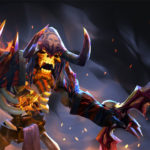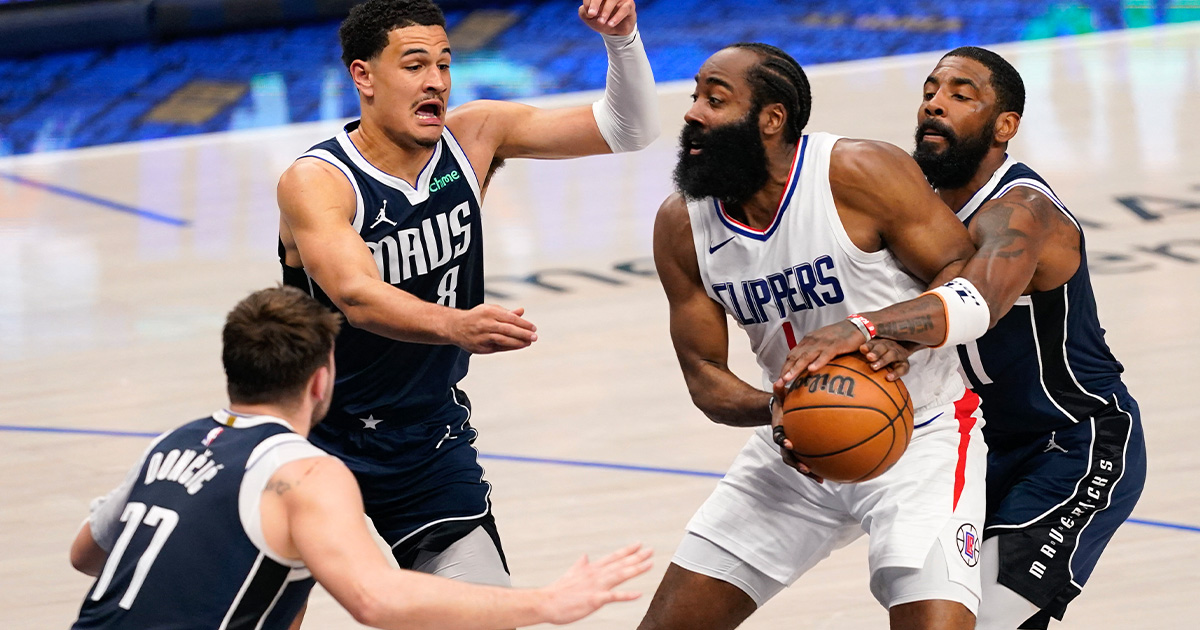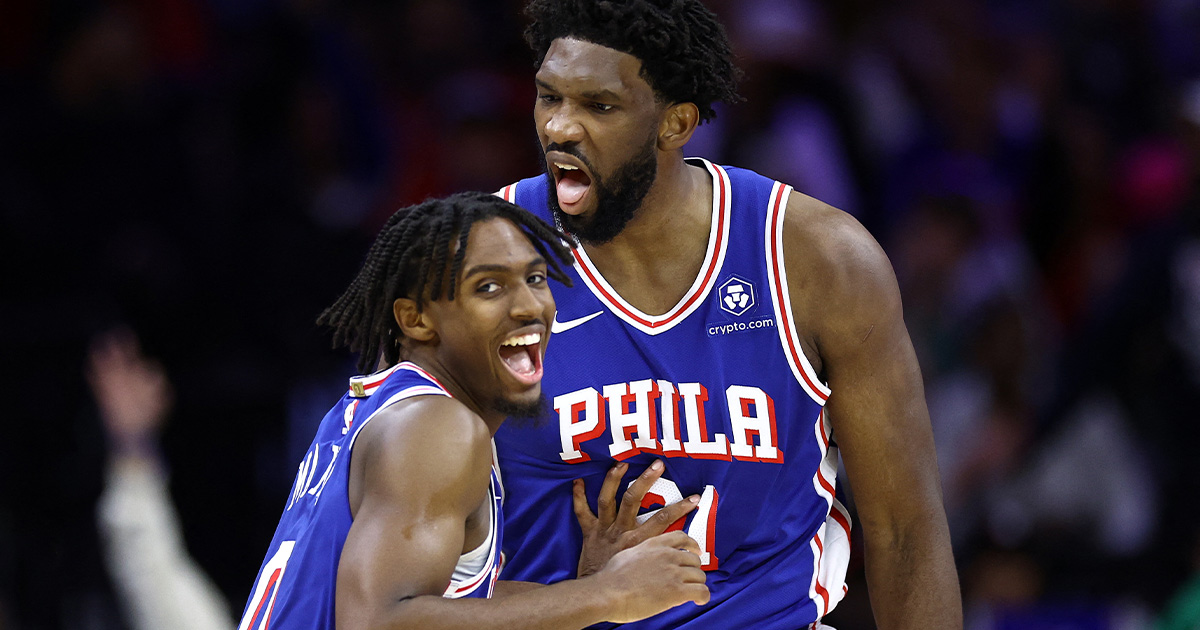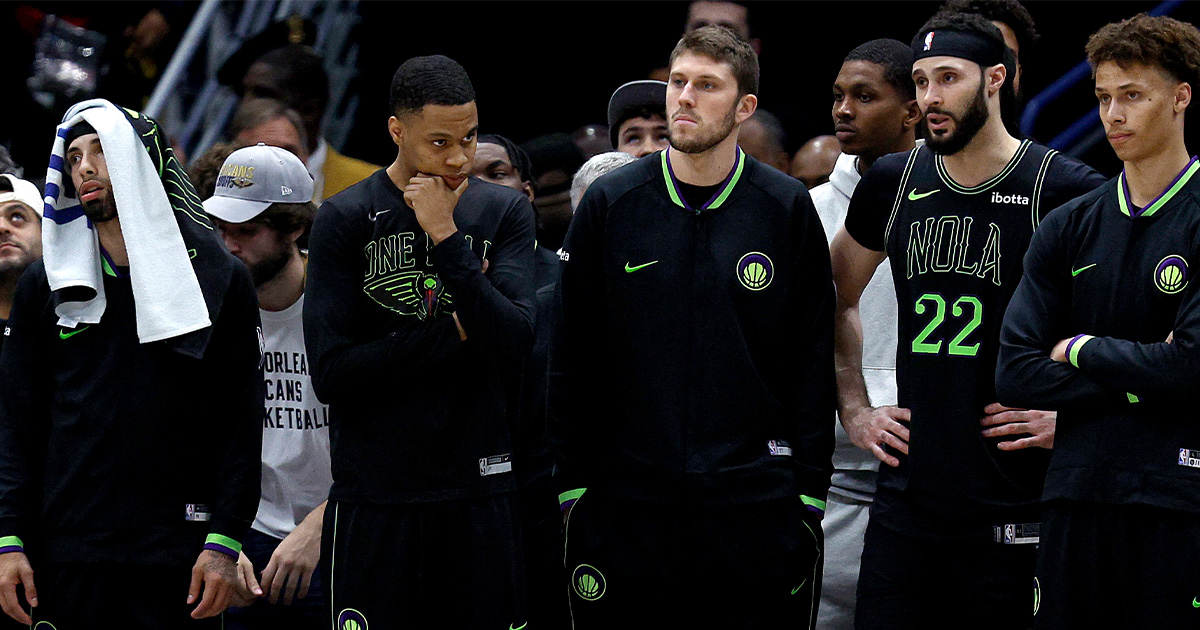The difference between DOTA 2 and League of Legends is surreal. While they are both MOBA games, their signature traits are completely different from each other. With a background stretching back to the League of Legends open beta by Garena, approaching a completely different MOBA personally felt both easy and difficult at the same time.
Coming from an initially beginner-friendly MOBA, jumping to the legacy MOBA has given me several insights, to which I wish to share for the people out there that want to test their waters with a fresh new game.
General View
As a seasoned League player, I’ve been used to playing with Riot Games’ game design philosophy revolving around clarity and interactivity. The in-game user interface is minimal and gives you the bare essentials of what you need to know about yourself and your teammates. Effects are visually crystal clear, making it so that you can actually see what you are dealing with.
DOTA 2 on the other hand has a different philosophy from League of Legends. The interface is relatively filled with statistics and numbers, and you can take a peek at the descriptions of your opponents’ and allies’ abilities (of course, except the actual cooldown). Information is at a high, and is accessible by checking one of the tabs on the top section of your screen.
Speaking of information, one common thing between the two is the resulting difficulty curve created by the sheer amount of information in both games. Playing a MOBA game requires at the very least an approximate knowledge of the different items, abilities, characters, nuances, and interactions to even play the game at an average level.
Mechanics
In League of Legends, the mechanics are usually locked to the individual champions, depending on their abilities. Actual controls are simple and universal, and there isn’t much deviation for basic controls except between roles, but the transition is much simpler than it seems between roles. This leads to controlling champions to be seamless and smooth.
DOTA 2 holds on to its Warcraft 3 origins and actually requires time for heroes to turn around when inputting a command to move the opposite way. This is further pushed by orb walking and animation cancelling, as well as disjointing projectiles by issuing specific movements to stop projectiles from moving. That has yet to take into account the individual hero mechanics, depending on the hero played.
Leniency
When a player dies in League of Legends, the punishment at first glance is simply the time it takes for revival, and nothing else. However, game tempo, potential gold gain, and experience are the real losses that happen upon death. This system is actually lenient for the early stages of the game if you’re the average League player.
If you die in DOTA 2, you not only lose the resources mentioned above, but you actually lose a set amount of gold as well. This makes comeback mechanics hard for losing players because actually losing gold delays their powerspikes and item builds, which implicitly teaches them to be more patient and stop charging head-on towards death.
Communication
League of Legends players have been constantly suggesting a voice communication system to promote better teamwork. Riot Games has created this (sort of) with the voice chat system that is available between players and their pre-made party. Outside of that, they only have the in-game chat box and the small variety of pings that satisfy the purpose of efficient team communication.
DOTA 2 has more diverse pings and text options, and because you can check your allies’ and opponents’ abilities and items, you can even communicate these to your teammates with a button and a click. The game also allows you to have voice chat with matchmade players (i.e. strangers) and makes communication miles easier by freeing players from the need to type things out. While this may be open to abuse from toxicity, it is a con that players have to deal with.
Metagame
The metagame is where League and DOTA 2 have more similarities than differences. Both games have S-tier champions/heroes in each lane, for more or less the same reasons involving a champion/hero’s design and stats.
The League of Legends metagame revolves around having either the best toolkits where other champions could not match, or having supreme utility for your teammates. For the latter, it usually is present in the support role, but the top lane and mid lane also have S-tier champions that provide stellar utility that creates advantages and opportunities for objectives. The disadvantage in this is the apparent linearity of the meta, where it’s just safer to pick whoever is overpowered for the patch in ranked play.
Heroes that are overloaded with stats, damage, and utility thrive in the DotA 2 metagame. In a game that already induces culture shock with the stun durations and large damage, this may seem like a no-brainer. The metagame, however, has underlying implications for how the ideal team composition will look like, especially in professional play. Piling up every top-tier hero is not necessarily the best strategies because good players will know how to capitalize on the mistakes that can surface.
Concluding Thoughts
Jumping from League of Legends to DotA 2 is difficult in the sense that the transition will definitely inflict you with culture shock. If you feel frustrated fighting Yasuo and release Aphelios, the same designs are actually prevalent in DotA 2’s heroes, which relatively make everything balanced.
This calls for an open mind when taking in the differences that DotA 2 have over League of Legends. Once you manage to traverse the bridge, the experience will definitely be worth the effort, thanks to the unique stuff that IceFrog and Valve are not afraid to try with their heroes.















